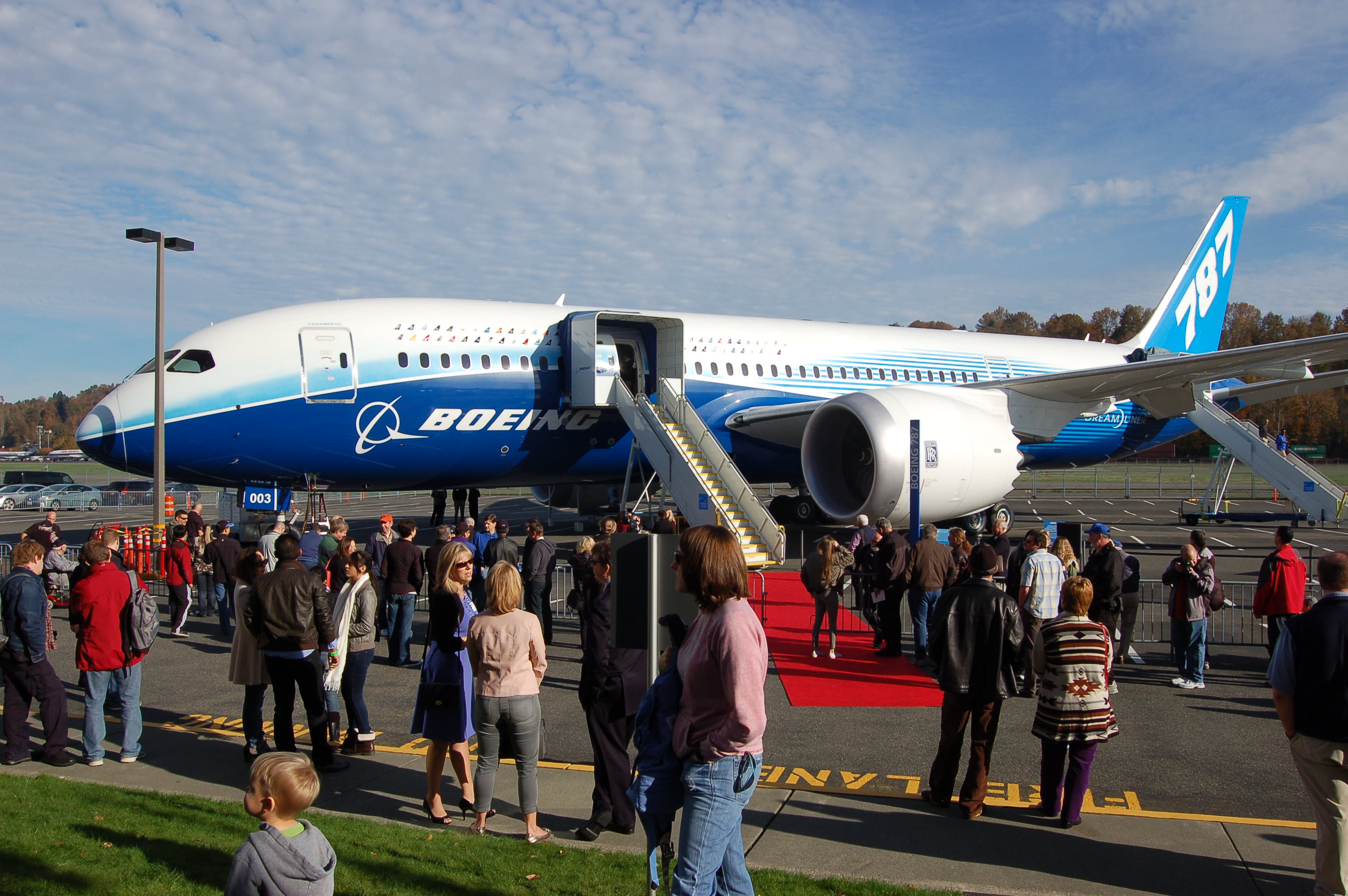
Analysts at Canaccord Genuity expressed some caution in their latest research on the industry, however, noting especially key risks including possibly higher interest rates and continuing low fuel prices. Most other indicators in the sector remain positive however, mainly because of the unprecedented backlog levels.
Regarding China and other emerging economies Canaccord’s analysts said:
While most of the recent fundamental data support a view that the cycle remains strong, it is clear that the risks appear to be growing. However, due to the strong backlogs, we continue to see little risk to the announced rate increases by both Boeing and Airbus, however, the risk of multiple compression on the sector is real to the extent investors focus on order trends and not deliveries.
And while the analysts see little risk to announced production rate increases for narrow-body planes, they do not believe that further increases to 60 planes a month by either Boeing or Airbus is as likely now as it was six months ago.
Noting that airline traffic is growing at a rate of 5% to 6% a year, the Canaccord analysts continue to believe that announced rate increases to around 50 to 52 planes a month at both companies are not only in line with demand, but also believe that “as long as the focus remains on backlog and cash conversion” the manufacturers’ stock prices will hold up.
ALSO READ: What Does a Boeing 777-200ER Cost?
The analysts note that leasing companies accounted for more than 20% of 2014 deliveries and account for about 40% of today’s active fleet: “We view the leasing companies and their position in the backlog as beneficial to the industry, and should provide additional liquidity and capital resources if there are any shocks to the cycle or the backlog.”
Regarding the role of emerging economies, particularly in Asia, the Canaccord analysts noted:
We estimate that there are between 700-800 aircraft alone in Boeing’s backlog that are with Chinese customers that are not yet identified. … On the one hand, the total backlog exposure to emerging markets could be viewed as a risk, which it is. As trade and investment in China slow, this will have an impact on other Asian economies dependent on China for both trade and travel. However, the overall backlog diversification is a net positive, and the industry is no longer driven by the North American and European airlines.
Canaccord said that even if about 2,000 of the planes in the total backlog of more than 12,000 are excess and possible candidates for cancellation, those excess planes represent only about 15% of the backlog and that both Boeing and Airbus typically “over quote and over book by an average of 10% to 15%.”
Half of airline fleet planners expect fuel costs to rise in the next 18 months and 82% believe those costs will rise in the next five years. Historically lower fuel prices work against new orders, and the Canaccord analysts said, “We believe that if fuel does stay at current levels, and airlines start to assume a more structural shift in fuel prices, we will see pressure on the backlog.”
ALSO READ: Boeing to Offer Peek at New Air Force Training Jet
With respect to interest rate hikes Canaccord said:
Interest rates and the cost of capital create the other wildcard. Again, it is difficult to discern a clear pattern of this relationship between orders and interest rates. Like fuel, rates typically rise in times of economic expansion. Note that the better financial condition of the airline industry will help in a rising rate environment, and the growing importance of leasing companies will also serve as a buffer. However, rising rates, coupled with a much stronger U.S. dollar, can be a headwind, especially for non-U.S. airlines that we will be watching.
Finally, regarding Boeing specifically, here is Canaccord’s take:
For now, we believe BA stock will work as long as the company can execute on its 787 milestones and we do not see a material melting of the backlog. We believe that as the company can continue to steadily post orders, and maintain a book-to-bill of ~1.0 for 2015 and 2016, the focus will remain on the deliveries, 787 and cash flows. There is still the risk that rates will go down on the 777, which will be a negative, but again we believe sentiment on the stock will be driven by the 787 as long as the order book does not see a major shock or disruption.
The other thing the analysts mention is traffic growth, saying that any softness in traffic growth “will be a concern.”
Canaccord has a Buy rating on Boeing stock and a price target of $165. On Friday the stock closed at $134.67, up about 0.8% for the day, in a 52-week range of $115.14 to $158.83. The consensus price target on the stock is $164 from 19 brokers surveyed by Thomson/First Call. The high target is $196.00.
ALSO READ: Does Kuwait Buy of Eurofighter Planes Dash Boeing’s Hopes?
Get Ready To Retire (Sponsored)
Start by taking a quick retirement quiz from SmartAsset that will match you with up to 3 financial advisors that serve your area and beyond in 5 minutes, or less.
Each advisor has been vetted by SmartAsset and is held to a fiduciary standard to act in your best interests.
Here’s how it works:
1. Answer SmartAsset advisor match quiz
2. Review your pre-screened matches at your leisure. Check out the advisors’ profiles.
3. Speak with advisors at no cost to you. Have an introductory call on the phone or introduction in person and choose whom to work with in the future
Thank you for reading! Have some feedback for us?
Contact the 24/7 Wall St. editorial team.


